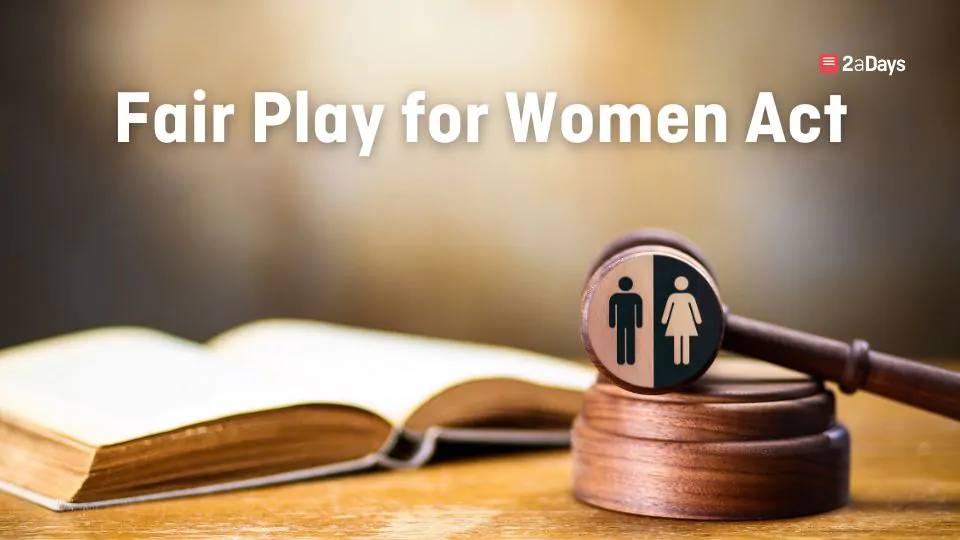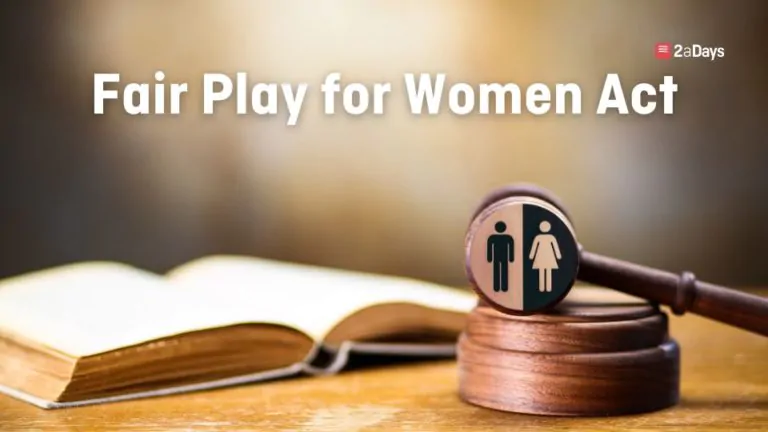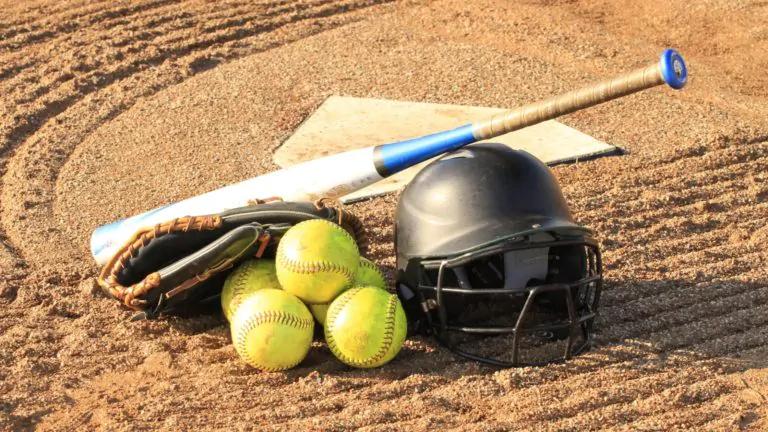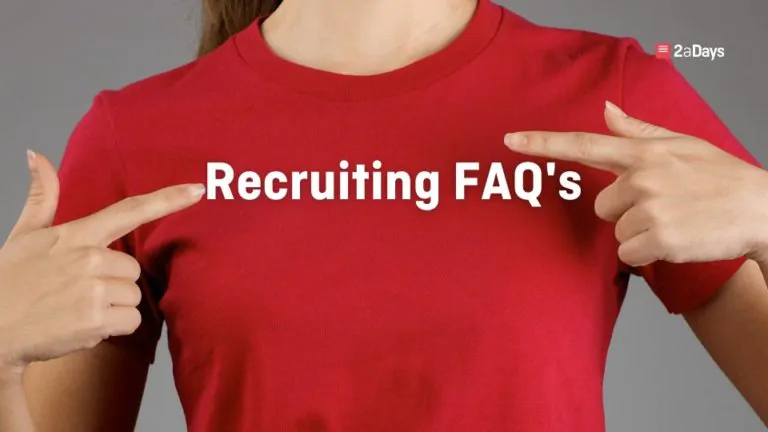2022 may be coming to a close, but it's ending on a very promising note for female athletes. Last week, Senator Chris Murphy and Representative Alma Adams introduced the Fair Play for Women Act, a bill that carries important implications for women and girls in sport. Although it's not a law yet, the bill in and of itself is important as it brings to light many issues that female athletes face even 50 years after Title IX was passed. Here's what the Fair Play for Women Act entails.
Who:
The Fair Play for Women Act was introduced by Senator Chris Murphy (D-CT) and Representative Alma Adams (D-NC). Those who follow sports law know that Senator Murphy's involvement in the bill is unsurprising—Murphy has been advocating for college athletes for years with his Madness Inc. publications and in 2021, he also introduced the College Athlete Right to Organize (CARO) Act which, if passed, would classify college athletes as employees. Adams hasn't been as active in the college sports space specifically, but her work speaks for itself—she is an active advocate for HBCUs and played a key role in enacting the Fostering Undergraduate Talent by Unlocking Resources for Education (FUTURE) Act, which provides funding (a total of $225 million a year) for minority-serving institutions, including HBCUs. Aside from her work with HBCUs, Adams's political platform also advocates for Black maternal healthcare and workplace protections. These are important intersections in the college sports space, as gender inequity disproportionately impacts non-white women and girls and we are currently embroiled in a historic societal conversation about college athletes' workplace rights and protections.
Related: The College Athlete Right to Organize Act | Will it Help?
What:
Broadly speaking, the bill seeks to accomplish three main goals:
1.) It would strengthen existing Title IX reporting requirements, hold universities accountable for violations, and enforce public reporting requirements. Doing so would bring more awareness to inequalities in funding and resources between male and female athletes and hold athletic departments accountable for shortchanging female athletes. The bill would also improve awareness and education surrounding Title IX by requiring annual training at athletic institutions covered under the law.
2.) The bill would also extend these requirements to female athletes at the elementary and secondary school level and offer these athletes and their families transparency on participation rates and the distribution of resources at these schools.
3.) Although the bill will not alter Title IX itself, if passed, it would correct inadequate reporting measures that are exploited under Title IX and require more detailed (and public) reports. Part of Title IX requires equal opportunity for male and female athletes in terms of scholarships, equipment, and participation opportunities, but these measures are often not calculated correctly. For instance, some universities inflate roster counts by double or triple-counting female athletes who compete in more than one sport or even by counting men who serve as practice players for women's teams as female athletes in their Title IX reports to appear equitable while violating the law. The Fair Play for Women Act seeks to close these loopholes and require this information to be published publicly online.
Related: Approaching the 50th Anniversary of Title IX: A History of Gender Discrimination Legislation
When:
To be clear, the Fair Play for Women Act is not a law yet. The next legislative session begins on January 3rd and the bill will have several hurdles before it is potentially enacted. There is no clear date for if and when it will go into effect, but introducing it is a key first step.
Where:
The Fair Play for Women Act is a federal-level bill, and Title IX is a federal law. Therefore, if passed, the bill will impact all universities and educational institutions that receive federal funding.
Why:
Although Title IX turned 50 this past summer, gender inequities still abound in college sports and the bill does a good job of discussing these gaps. For instance, the bill notes that that at the high school level, female athletes are still denied over 1,000,000 fewer athletic opportunities as compared to their male counterparts. At the college level, the gap is smaller but still significant—female collegiate athletes have 148,000 fewer opportunities than male college athletes due in part to the faulty reporting measures detailed above.
Related: How Title IX Fails Female Athletes
At the high school level, these inequities disproportionately impact girls of color. According to the bill, “at high schools predominantly attended by students of color, girls have only 67 percent of the opportunities that boys have to play sports,” as opposed to the 82 percent of the opportunities girls who attend predominately white schools receive. At the college level, the bill notes that female athletes are often afforded lower-quality uniforms, gear, equipment, and most importantly, less financial support than their male counterparts. According to the text, female college athletes “receive $240,000,000 less than men in athletic-based scholarships annually [and] for every dollar colleges spend on recruiting, travel, and equipment for men's sports, they spend 58 cents, 62 cents, and 73 cents, respectively, for women's sports.” Finally, a lack of Title IX education encourages these inequities and closing disparities in awareness is essential to bridge monetary gaps as well.
My Thoughts
My personal take on the bill is that it is not simply a charity project (supporting women's sports never is). Although it is common knowledge that many women's college sports earn less revenue than men's college sports, the aforementioned gaps also don't offer women's sports the chance to grow. Like any business, college athletics require money and time to thrive. Even college football had modest roots in the early 1800s, when the sport was considered “frivolous” by university authorities. The dawn of television and the natural exposure it brought paired with eventual monetary support from boosters created college football as we know it today—but it took time, and far more than the 50 years that female athletes have had to establish themselves under Title IX.
Additionally, the men's March Madness tournament, which serves as the NCAA's primary source of revenue wasn't popular at all in the beginning and finding willing teams to participate was a challenge for the inaugural tournament in 1939. Only eight teams—Brown, Ohio State, Villanova, Texas, Wake Forrest, Oregon, Utah State, and Oklahoma—signed up to play at all. These teams weren't the best in the country, or even their conferences—the now-iconic March Madness Tournament was formed in an ironic effort to squelch more “commercialized” tournaments like the NIT as well as those held by the AAU so the NCAA took what they could get. Many men's college teams actually turned down invitations to compete (and since this was pre-Title IX, women's teams weren't even invited).
It takes time and money to build into formidable programs and men's college sports have enjoyed a historic head start to do so. Both financially and in terms of opportunities, men's sports have been given all the resources in the world to succeed so it's no wonder that they've managed to do so. Women's teams, on the other hand, have been breaking viewership records and selling out stadiums with the leftovers. If we want to see women's sports reach their full potential, legislation like The Fair Play for Women Act is essential.
Katie Lever is a former Division 1 athlete and current doctoral candidate at the University of Texas at Austin where she studies NCAA discourse and policy and completing her dissertation. She is also a freelance sportswriter and creative writer on the side. She is the author of Surviving the Second Tier, a dystopian novel about college sports, available on AMAZON. Follow Katie on Twitter and Instagram: @leverfever.
Have an idea for a story or a question you need answered? Want to set up an interview with us? Email us at [email protected]
* Originally published on December 26, 2022, by Katie Lever, Ph. D







